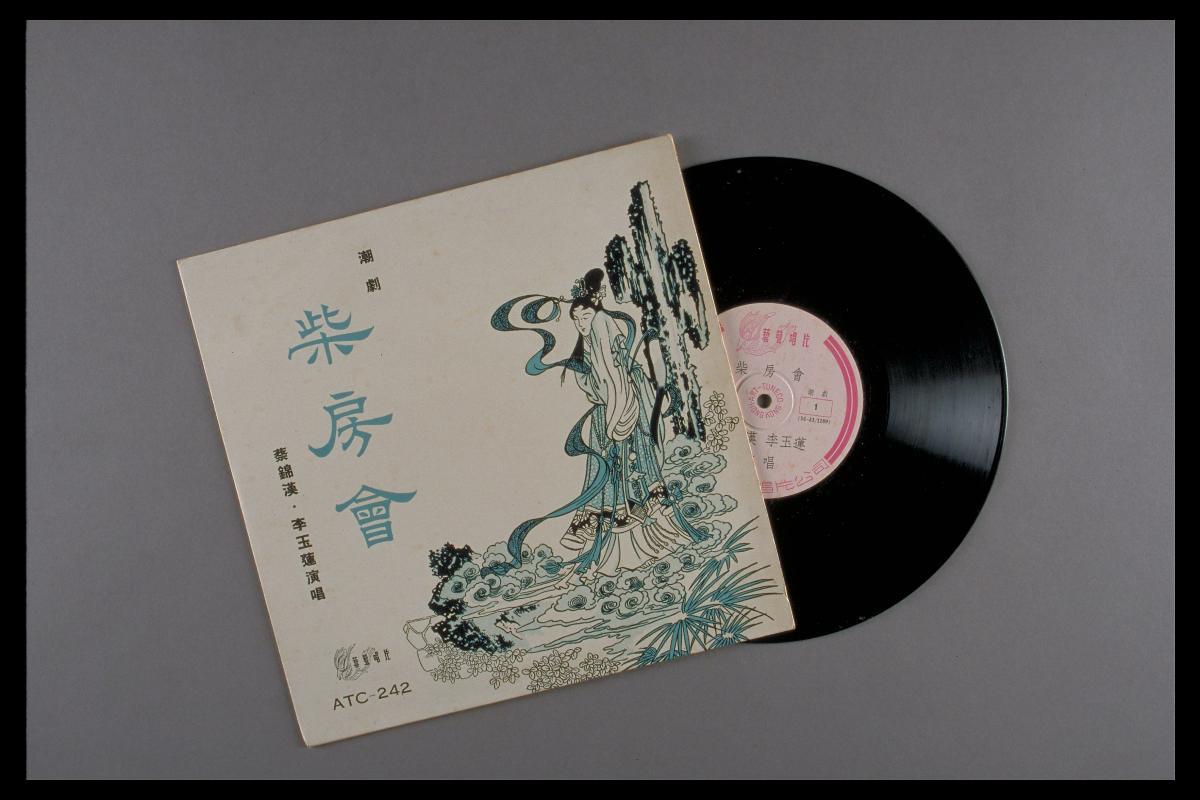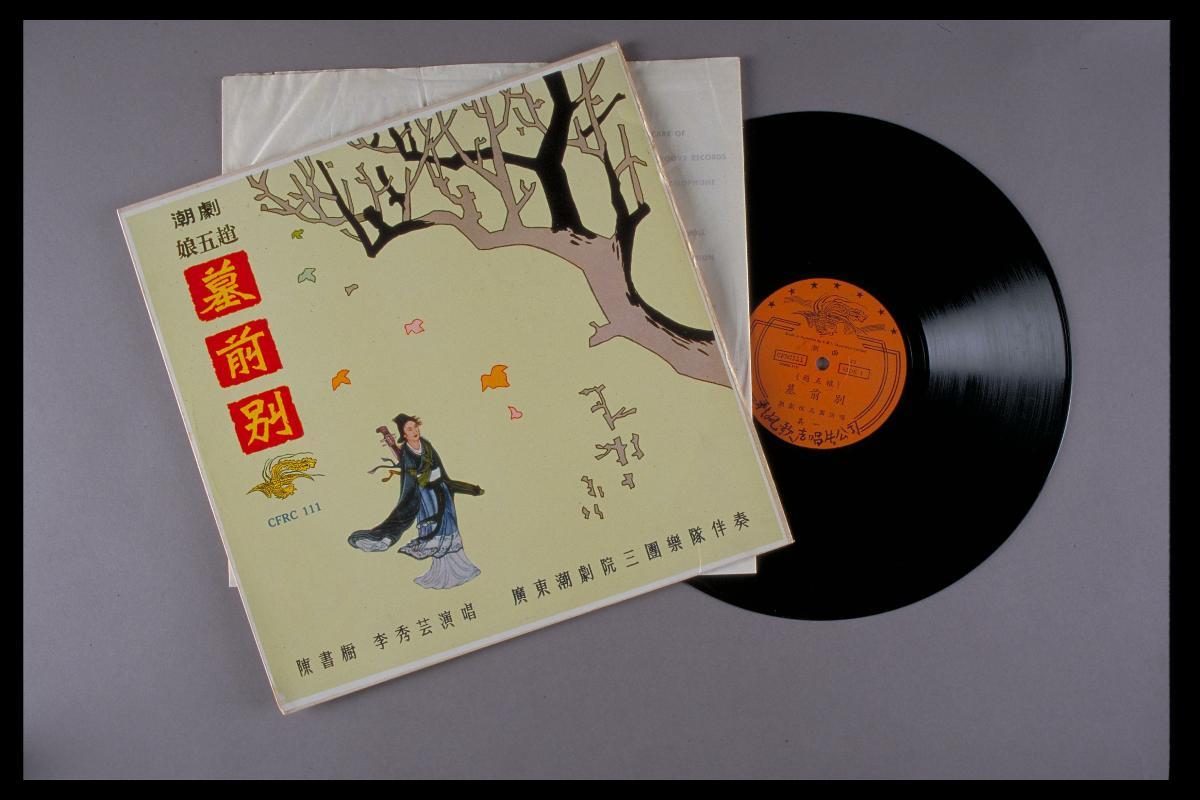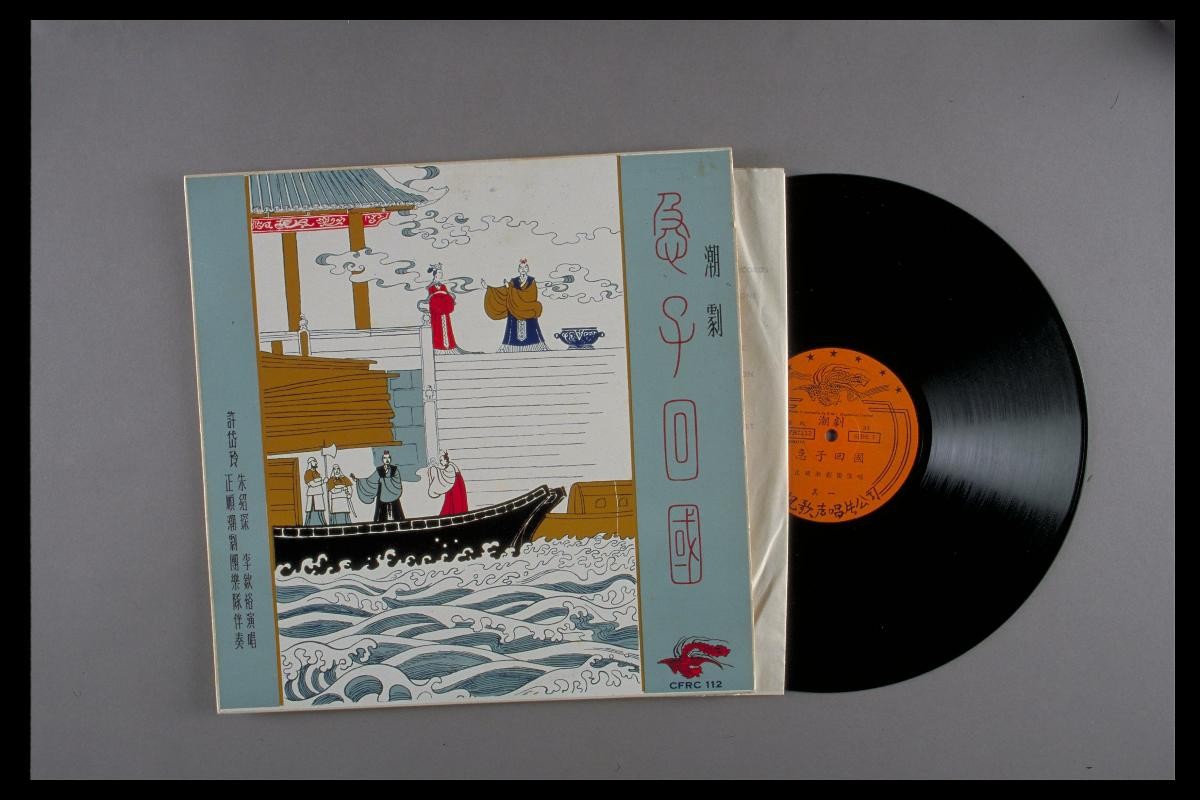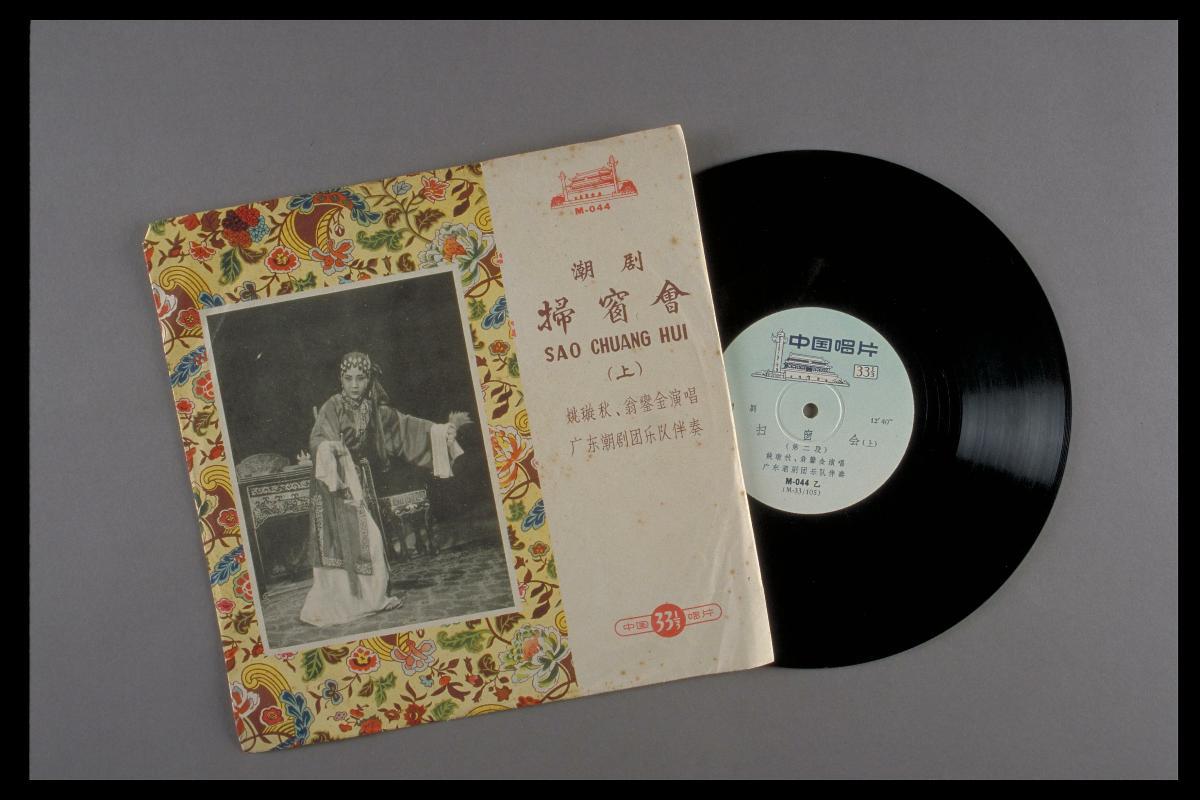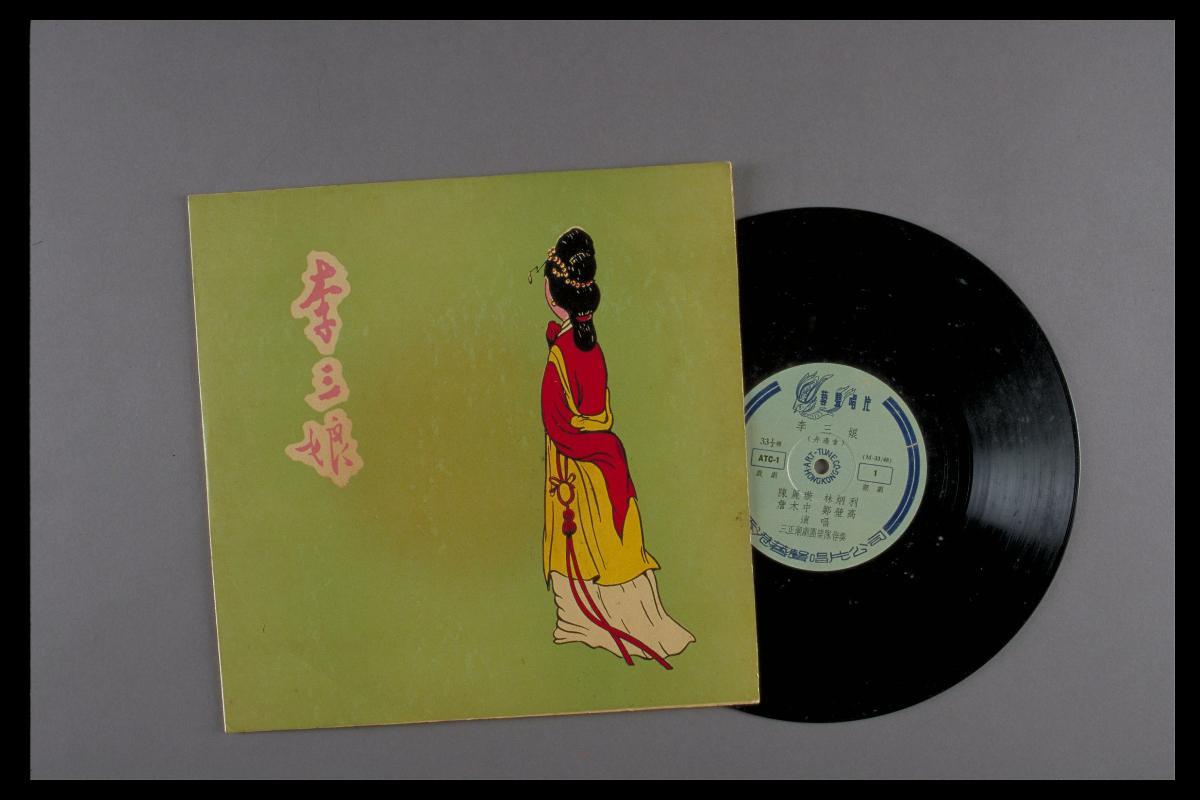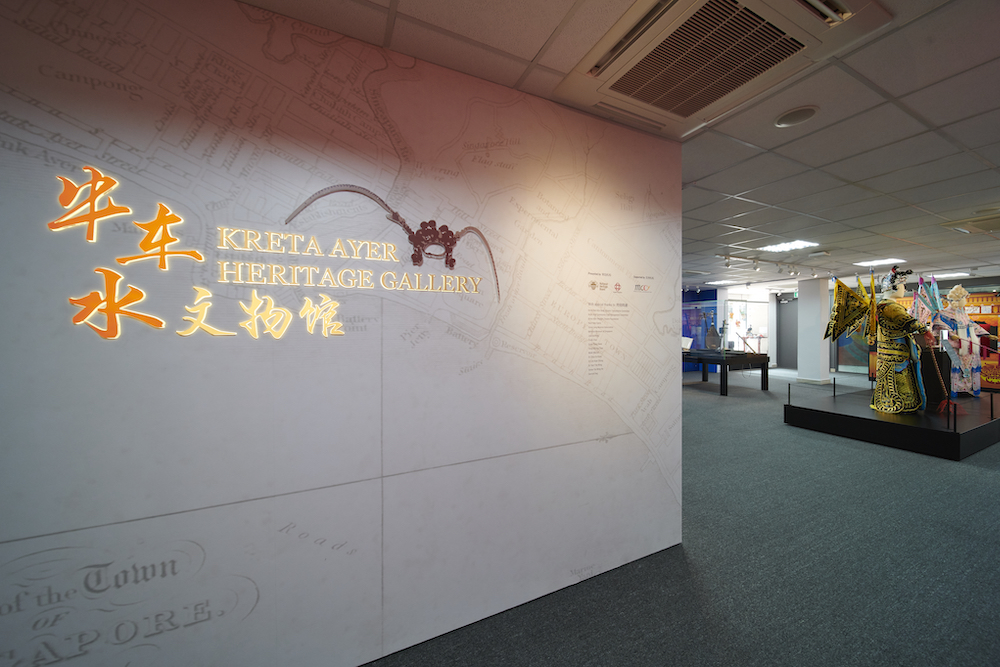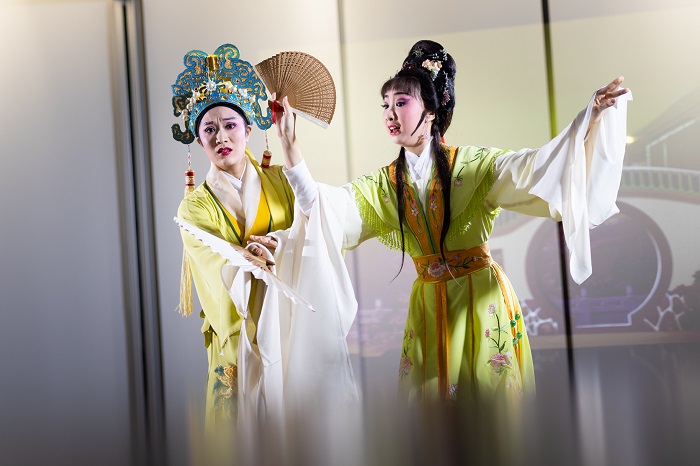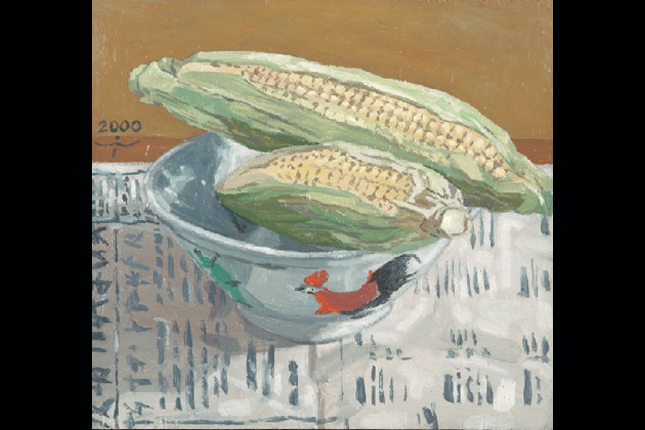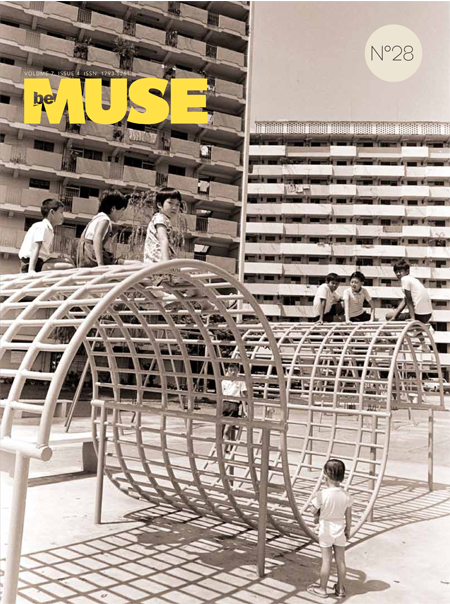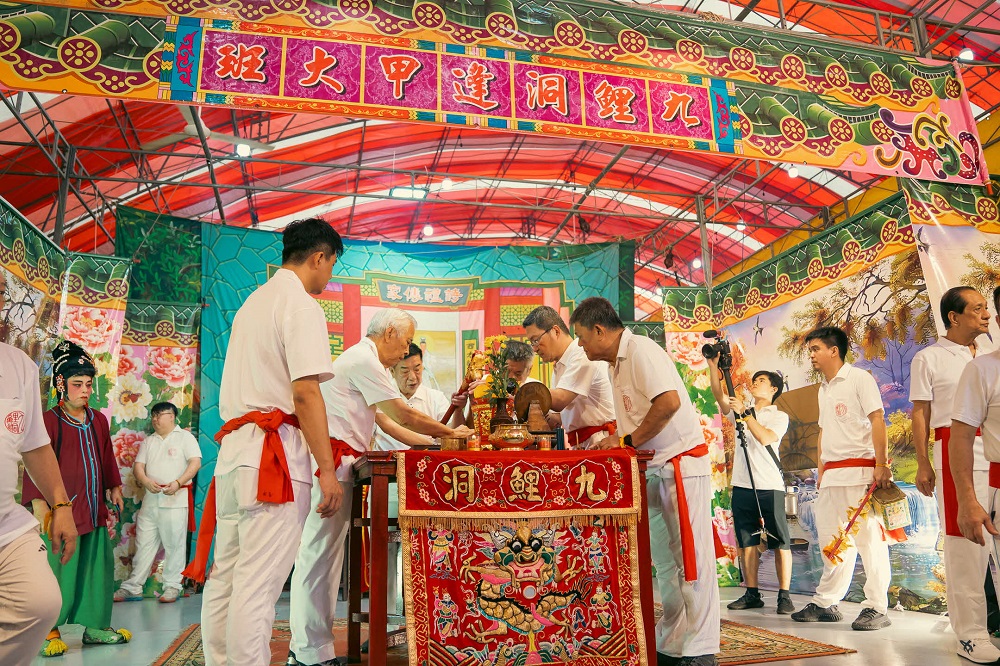Titled Chai Fang Hui, this opera performance depicts the social heroics of an inn’s guest who decides to help a female ghost after hearing the injustice and misfortune she suffered before she died. Chinese opera, otherwise known by its Malay term ‘wayang’, which means ‘performance’, can be traced back to the 19th century with the arrival of Chinese immigrants to Singapore. Together with other folk mythologies that form a big part of opera tales, storylines such as Chai Fang Hui’s often captured the imagination of the common people, who were able to identify with the hardship and sufferings portrayed in the opera performances. Up to the 1930s, wayang was a popular performing art, both as a platform for religious worship, as well as a cheap form of entertainment.




